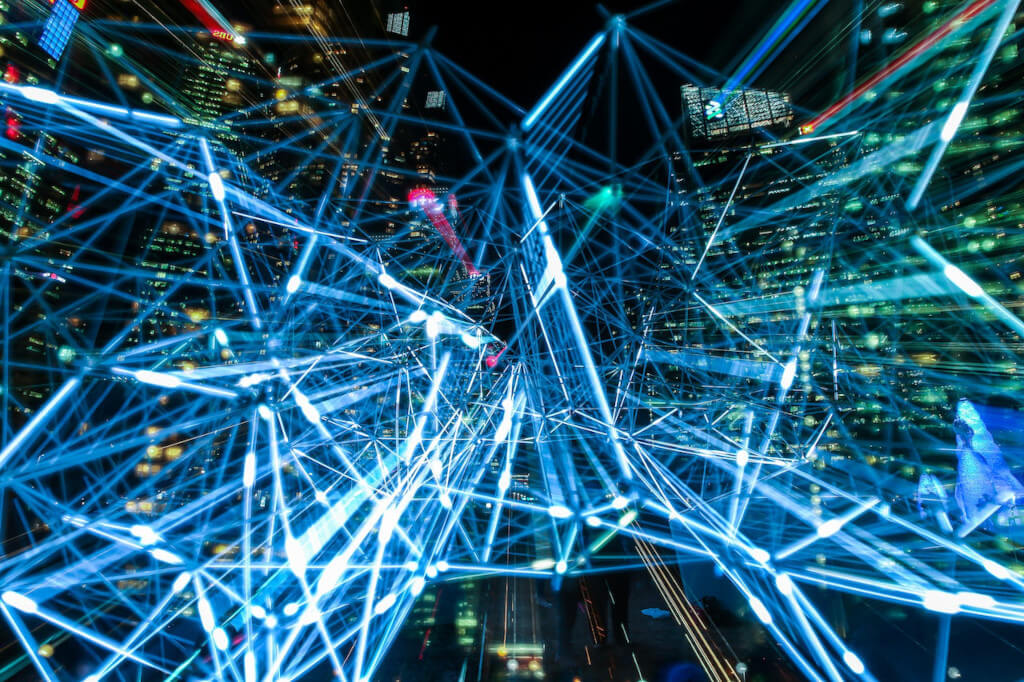You likely engage in interactions with AI regularly without even being aware of it.
There are still a lot of people who link artificial intelligence (AI) to dystopian futures in science fiction, but this association is starting to fade as AI technology advances and becomes increasingly prevalent in our everyday lives. Nowadays, artificial intelligence is a term that everyone is familiar with, and in some cases is even present in their homes.
Although it is a relatively recent phenomenon, the concept of artificial intelligence (AI) has been around for quite some time. The modern field of artificial intelligence was established in 1956, but it took several decades of hard work to make major headway toward creating an AI system and turning it into a technological reality.
There are many applications of AI technology in the business world. The majority of us engage with AI daily, albeit in a variety of guises. Artificial intelligence has been profoundly changing nearly every business operation across all sectors, from the inane to the remarkable. As AI systems become more widespread, it is becoming increasingly necessary to implement them to keep a competitive advantage.
What Exactly is Artificial Intelligence?
It is necessary to define the term “artificial intelligence” before analyzing how AI technologies are influencing the business world. The term “artificial intelligence” is a generic one that can be used to describe any variety of computer software that participates in activities that are analogous to those performed by humans, such as learning, planning, and problem-solving. To refer to particular applications as “artificial intelligence” is analogous to referring to a car as a “vehicle”; while this is technically accurate, it does not cover any of the nuances of the topic. We need to delve deeper if we want to learn which kind of artificial intelligence is most commonly used in business.
Machine Learning
Among the most prevalent forms of artificial intelligence currently being developed for use in business is known as machine learning. The primary purpose of machine learning is to deal with large amounts of information in a relatively short amount of time. The algorithms that make up these sorts of artificial intelligence give the impression that they “learn” over time.
If you give an algorithm for machine learning more information, the modeling it produces should get better. The Internet of Everything and smart devices are producing ever-increasing amounts of data, which can be difficult for humans to comprehend without the assistance of machine learning.
For instance, if you are the manager of a manufacturing facility, the equipment in your facility is probably connected to the network. A centralized location receives a steady flow of information about the operability, manufacturing, and other aspects of an organization’s connected devices. Regrettably, there is far too much information for an individual to ever be able to sort through all of it, and even if they did, they would likely overlook the majority of the patterns.
The data can be quickly analyzed by machine learning, which can identify patterns and outliers in the data as it comes in. An algorithm that uses machine learning can detect when a piece of machinery in a manufacturing plant is operating at a lower capacity than normal and alert the people in charge of making decisions that it is time to send out a precautionary maintenance crew.
However, machine learning is another classification that covers a lot of ground. Deep learning is a concept that emerged as a result of the creation of artificial neural networks, which are essentially interrelated webs of “nodes” that are powered by artificial intelligence.
Deep Learning
This is a subset of machine learning that is further specialized. It is distinguished from traditional machine learning by its reliance on neural networks to carry out nonlinear reasoning. When it comes to more complex tasks, such as spotting fraudulent activity, deep learning is an absolute necessity. It can accomplish this by performing simultaneous analysis on a wide variety of factors.
For example, for self-driving vehicles to be successful, it is necessary to recognize, investigate, and concurrently react to a variety of variables. Deep learning algorithms are employed to assist self-driving vehicles in conceptualizing data collected by their sensors. This information includes the distance between themselves and other objects, the speed at which they’re traveling, and forecasting of where they’ll be in five to ten seconds. To assist a self-driving vehicle in making decisions such as when to shift lanes, all of this data is processed and calculated at the same time.
The application of deep learning in commercial settings shows a lot of promise and is likely to become more common. Deep learning models, on the other hand, continue to enhance their functionality even as more data is added to their datasets, in contrast to more traditional machine learning algorithms, which tend to reach a capability ceiling after a certain threshold of data has been collected. Because of this, deep learning algorithms are significantly more expandable and comprehensive; in fact, you might even say that deep learning algorithms are more autonomous.
The Relations Between AI and Business
In most cases, people view artificial intelligence not as something that can take the place of human intelligence and inventiveness but rather as something that can supplement them. Although artificial intelligence (AI) is still having trouble accomplishing tasks that require common sense in the real world, it is very good at analyzing and processing massive amounts of information much more quickly than a human mind could. After that, the AI software can come back with newly conceived plans of action and present them to the human user. We could use AI in this manner to assist us to game out the potential repercussions of each action and optimize the decision-making process.
Artificial intelligence is similar to the second coming of software. It’s a type of software that generates decision-making by itself and is capable of acting even in circumstances that the programmers did not anticipate,” the author of the article explained. In comparison to conventional software, AI technology possesses a greater degree of flexibility in terms of its ability to make decisions.

Because of these characteristics, artificial intelligence is extremely valuable across a wide range of business sectors. This is true whether AI is used to perform something as simple as assisting employees and visitors in navigating a corporate campus more effectively or something as complicated as tracking a wind turbine to determine when it will require maintenance.
This not only has a positive effect on optimizing business operations but also positively impacts the productivity of the work teams, as stated in a recent blog done by Engage Platform regarding content marketing trends in 2023. “By allowing businesses to automate their decision-making processes, this cutting-edge technology frees up more time for focus on things like creative strategy, team building, and creative growth-hacking.”
Widespread applications of AI
The following are among the most common applications of artificial intelligence: machine learning; cybersecurity; customer relationship management; online searches; and virtual assistants.
Machine Learning
An example of the uses of machine learning in a business operation, data is gathered by energy management intelligent system applications from sensors that are attached to a variety of assets. The vast quantities of information are then reframed by machine-learning methodologies and received by the decision-makers within your business so that they can gain a better understanding of energy consumption and the requirements for servicing.
Cybersecurity
AI is even more useful than other allies when it comes to searching for vulnerabilities in the security of computer networks. Believe it or not, artificial intelligence systems are capable of identifying a cyberattack in addition to other types of cybersecurity threats by tracking the data patterns that are input. Once a threat has been identified, it will comb through your data to locate where it originated, thereby assisting in the prevention of further attacks. The addition of those additional eyes, especially ones that are as watchful and vigilant as AI, will be of great assistance in the process of conserving your infrastructure.
Due to the magnitude and the ever-increasing sophistication of these issues, you really can’t have quite enough cybersecurity specialists to look at all these issues. Artificial intelligence is becoming a more crucial role not only in this area but across the board.
Virtual Personal Assistants
There are many other applications for artificial intelligence besides providing your customers with a more individualized experience. Additionally, it has the potential to revolutionize the inner workings of your company. The use of AI bots as personal assistants enables them to assist with the management of emails, the maintenance of calendars, and even the provision of recommendations for the simplification of processes.
These AI assistants can also be programmed to respond to questions posed by customers via phone calls or online chats. These are all relatively insignificant tasks; however, because they free up more of your time, they can make a significant contribution to the success of your efforts to expand your company’s operations.
The Future Will Be AI
The future is rapidly approaching, and regardless of whether it is bright or gloomy, one thing is certain: artificial intelligence will undoubtedly play a role in it. As this technology advances, the world will witness the formation of brand-new businesses, the introduction of a plethora of business software and consumer uses, as well as the elimination of some jobs, and the introduction of completely new ones. Artificial intelligence, in conjunction with the Internet of Things, can significantly reshape the economic system; however, the precise effects of this transformation are not yet known.

